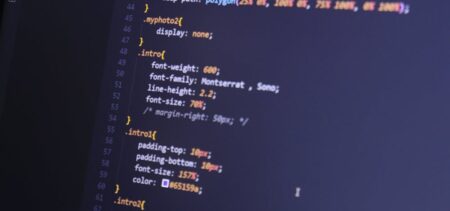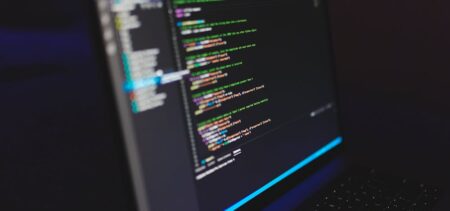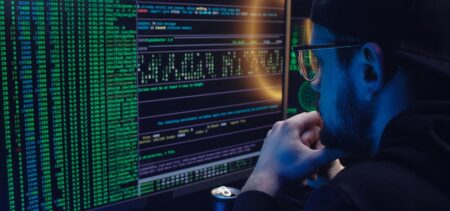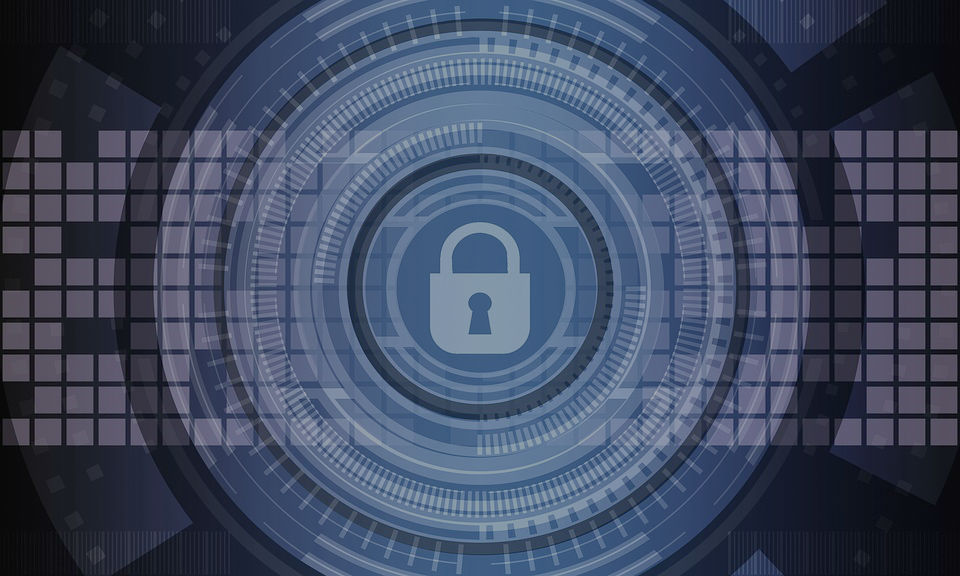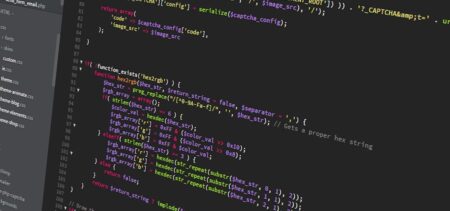Cyber security automation may represent a relief for specialists. With its unmatched potential of big data processing, automation in this field is the only foreseeable counteraction once the global-scale Internet of Everything provides a new playing field for hackers everywhere.
However, besides all the new and improved defensive measures, security automation also brings new risks. In order to avoid the pitfalls, all those who plan on adopting this next-gen defense system should be aware of the following issues.
Biometrics-induced risks
Although relying on biometric data for authentication and various protection layers provides a stronger defense system, there are critical elements here. When relying on biometrics for in-system validation, the system usually stores the user data somewhere.
If passwords or tokens are replaceable, biometric data aren’t. Protecting it is crucial, otherwise once the hackers access this data, not only the system, but also the users are discredited.
Therefore, when choosing to rely on this type of authentication as an organization, you should make sure your data storage is impenetrable.
AI- induced risks
Nowadays Artificial Intelligence is gradually working its way into cyber-security. Various AI tools are available, and security SaaS employs from mere algorithms to machine-learning based programs.
When leasing services, the concern to understand how these services work might not be the first on your mind. Nevertheless, with commercial AI in its incipient stages, you should grasp the elementary notions before trusting your privacy in robotic hands.
Remember that machines are biased, just like humans. In processing big data, it is important to correctly define the security normality. Automated systems will react only in relation with their human-made settings. They perceive as warning signs unusual activities – by comparing them to the periodic, “included in normality”, activities. Setting the automation tools to be too sensitive leads to alert fatigue. A neglectful, too lax type of configuration allows threats to go by undetected.
A false sense of security
Even when adopting an automated security protection system, it is dangerous to lower the bar in the human awareness shield.
In a connected system, each entry point is important. Each employee should know the basics of cyber protection. Updates, noticing anomalies, double-checking weird of unexpected messages, taking care to protect passwords on and off premises – all these should remain as goals.
Another thing helpful when combining human elements with automation is for each member of the team to carefully and correctly report their habits. Behavior analysis is often incorporated in automated protection. In order for it to efficiently function, the employees of any rank should analyze and report their daily and periodic IT-related routines correctly. If they leave out some details due to various reasons, the protection system gains backdoors and a general relativity. Human-induced risks may compromise automated protection.
BYOD-induced risks
As we have shown above, machines can only protect what they are set to be aware of. In the modern work environment, the BYOD (Bring Your Own Device) practice is fairly common. If not officially prohibited, employees bring to work smartphones, smartwatches, tables or other connect-able devices. Sometimes even when this practice is not encouraged, but still not expressly forbidden the staff access their own gadgets and apps making use of the company’s wireless network.
This practice, when un-aknowledged, leads to the phenomenon known as “shadow computing”. People extend the known (and presumably protected) area of digital operations to include unauthorized cloud operations and potentially insecure apps. The security team cannot compute into the automated protection system elements they are not aware of.
Furthermore, employees may borrow working habits or digital shortcuts into their work tasks. Why use the company-approved application when they know a faster and better unauthorized one? Thus, critical data ends up in unprotected environments.
Other security automation and data analysis vulnerabilities
The ways in which automation applies to cyber-security are on an expansion trend. New and improved systems of securing the enterprise environments emerge. Others are on the brink of becoming commercially available.
For example, Security Information and Event Management (SIEM) technologies serves in logging events from various hosts in an organization. Thus, they provide a holistic view of what goes on, from a digital point of view. The biggest pro-argument consists in SIEM tech being able to anticipate cyber events. By intervening to stop the attacks, such tools display capabilities unmatched by other approaches.
Nevertheless, cognitive abilities are still young in AI algorithms. Only the more expensive products can claim increased abilities in this direction. Being under the impression that SIEM technologies can make sense of the gathered data by themselves would be extremely presumptuous.
Mitigating security automation -related risks
Overall, it is an extremely promising thing that automated security tools become increasingly accessible and available. Enterprises will be able to choose from a more reliable and considerably widened offer. We have exposed some of the possible risks, in order to serve as a reminder that the traditional cyber-security mindset should go on as a second layer of protection.
Automation is not meant to take a human mind of all tasks. Protection can be tricky, especially since the attackers continually adapt their tools, too. It is merely a more powerful ally in the fight against cyber-crime, and should be treated as such.
Therefore, do go on and adopt modern tools into your protective shield. Yet keep the old ones and always train your employees to remain vigilant when it comes to digital threats.





